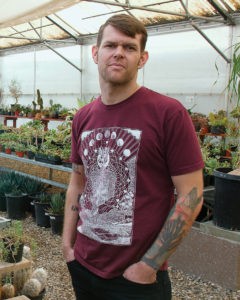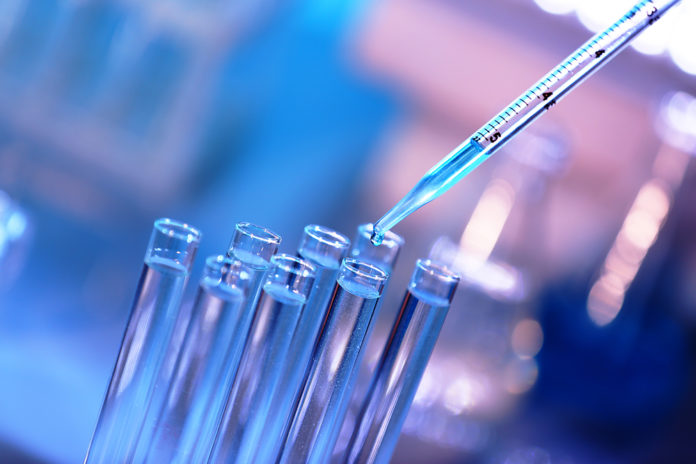Cannabis science and technology are developing rapidly, as they do in most young industries. Here are a few of your questions, answered by the experts.
What’s the latest about terpenes?

LucidMood creates formulated cannabis products that produce specific and predictable effects, making it easy for consumers to choose their perfect product with effects ranging from feeling calm to increasing sociability at a party, and plenty of options in-between. Another company, Ginkgo Bioworks, currently is developing ways to make rare cannabinoids in the lab instead of needing to genetically alter plants to produce those same cannabinoids. This paves the way for researchers and formulators to gain access to exceedingly rare cannabinoids that may have important medicinal or recreational benefits.
Is there a “best” method for extracting terpenes?

True Terpenes provides botanically sourced terpenes that we reformulate to recreate the terpene profiles from analytical testing of cannabis plants. We use a wide variety of plants from lemongrass to citrus or even basil to formulate the terpene strain profiles that have become the centerpiece of our brand.
How is data changing industry practices?

TriGrow’s vegetative flower units (VFUs) are all independently software-controlled cultivation environments. By running a single genetic in several VFUs and changing a single environmental variable, we are able to compare the results and scientifically determine which “recipe” produced the best results. From there, we can replicate environmental conditions to produce the genetic in question consistently.
Technology is becoming more portable and user-friendly, isn’t it?
 Dylan Wilks, chief technology officer and founder, Orange Photonics: Very much so. LightLab’s analytical approach is not unlike high-performance liquid chromatography (HPLC) instruments—the “go-to” analytical instrument for state-certified cannabis testing labs. However, unlike an HPLC, LightLab is an in-house instrument designed for field use and for the non-technical user. We had to develop a liquid chromatography column that has repeatable, reliable performance, simple sample preparation, and have it all culminate in an accurate measurement.
Dylan Wilks, chief technology officer and founder, Orange Photonics: Very much so. LightLab’s analytical approach is not unlike high-performance liquid chromatography (HPLC) instruments—the “go-to” analytical instrument for state-certified cannabis testing labs. However, unlike an HPLC, LightLab is an in-house instrument designed for field use and for the non-technical user. We had to develop a liquid chromatography column that has repeatable, reliable performance, simple sample preparation, and have it all culminate in an accurate measurement.










